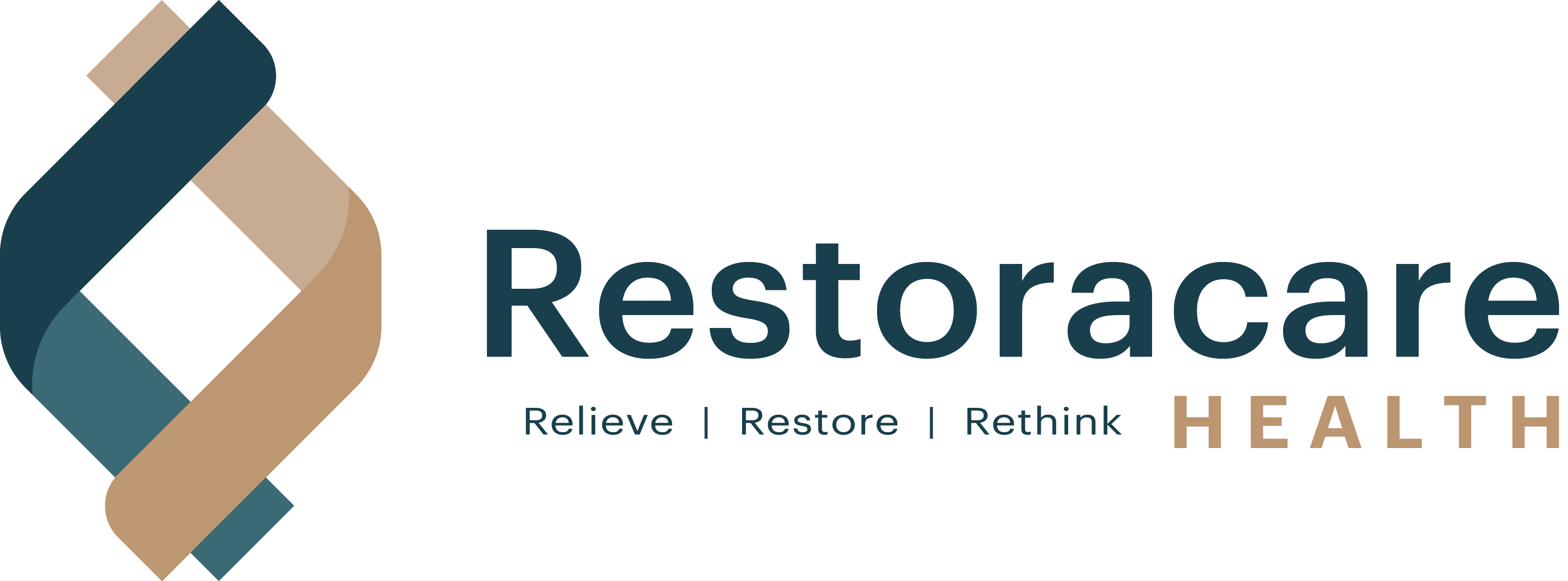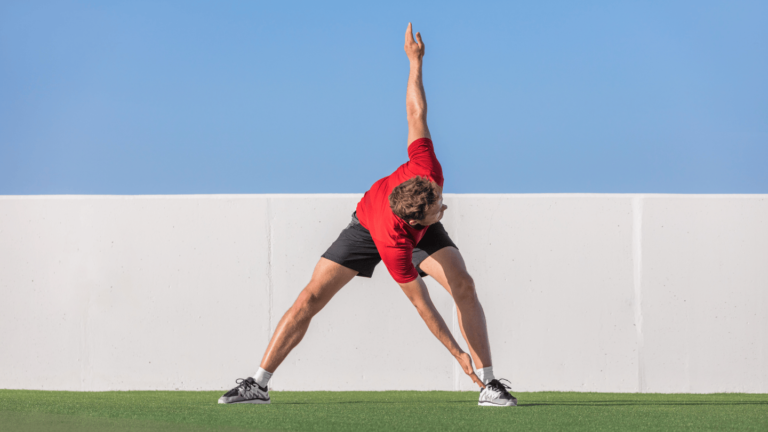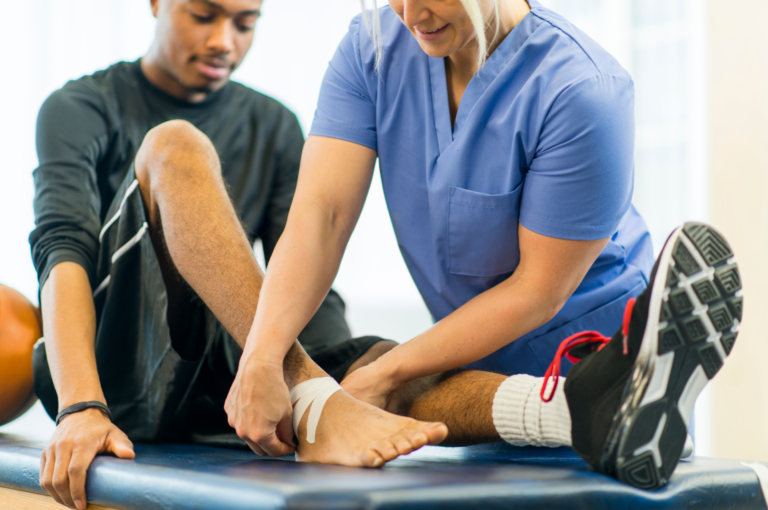Lower back pain is a widespread issue affecting millions globally. In bustling cities like Toronto, long working hours and busy lifestyles often make it difficult to prioritize physical well-being, leading to chronic lower back pain that significantly impacts daily life. Physiotherapy exercises offer an effective solution, using a combination of gentle stretches, range of motion movements, and targeted techniques to address the root causes of pain (Benchmark Physio).
The Role of Key Muscle Groups
Physiotherapy often targets areas like the hip flexors and core muscles, which provide crucial support to the spine. Strengthening these muscles through hip flexor stretches and core-strengthening exercises helps alleviate discomfort while enhancing mobility and stability.
Benefits of Practicing Physiotherapy Exercises at Home
A major advantage of physiotherapy exercises is their adaptability. Designed to be performed in a comfortable position, these exercises can easily be incorporated into a daily routine, even at home. Starting with basic, gentle movements, individuals can gradually build strength and confidence. Over time, incorporating a variety of exercise types such as core strengthening, hip flexor stretches, and posture-enhancing movements can help manage and prevent recurring back pain.
Tailored Treatment Plans at Restoracare
At Restoracare, we recognize that each person’s experience with back pain is unique. Our treatment plans combine a variety of exercises, from pain-relief stretches to strengthening moves, to ensure long-term resilience and relief. This guide provides our top recommended exercises, designed to help you manage lower back pain effectively while strengthening the muscles that support your spine (HealthLink BC).
Understanding Lower Back Pain and the Benefits of Physiotherapy
Lower back pain can stem from various causes, including poor posture, a sedentary lifestyle, aging, and physical strain or injury. Prolonged periods of sitting, lifting heavy objects without proper technique, or even sleeping in the wrong position can contribute to lower back pain. For those dealing with chronic pain, these discomforts can be a daily struggle that impedes mobility and quality of life (Mayo Clinic).
Physiotherapy is an effective approach to treating lower back pain because it addresses the root cause rather than simply masking symptoms. Physiotherapists use targeted exercises that focus on strengthening the core, improving flexibility, and promoting better posture. These benefits are essential for those experiencing back pain, as stronger core and back muscles offer more support for the spine, reducing the risk of further injury (Momentum Physical Therapy). For optimal results, at-home exercises can be complemented with periodic physiotherapy sessions to ensure that each movement is done correctly and safely (Movement for Life).
Top 10 Physiotherapy Exercises for Lower Back Pain Relief
These exercises are safe to perform at home and are effective in alleviating lower back pain while building strength and flexibility. Our physiotherapists recommend incorporating these exercises into your daily routine to maintain back health and prevent recurring issues.
1. Cat-Cow Stretch

- Description: This gentle yoga-inspired movement stretches and mobilizes the spine, warming up muscles in the back and core.
- Steps: Begin on your hands and knees, keeping wrists aligned under shoulders and knees under hips. Inhale as you arch your back, lifting your head and tailbone toward the ceiling (cow pose). Exhale as you round your spine and tuck your chin toward your chest (cat pose). Repeat for 1-2 minutes.
- Targeted Benefits: This exercise enhances flexibility, releases spinal tension, and improves circulation to back muscles (Mayo Clinic Health System).
- Professional Tips: Perform the stretch slowly, focusing on your breath for a deeper, relaxing effect.
2. Bird Dog
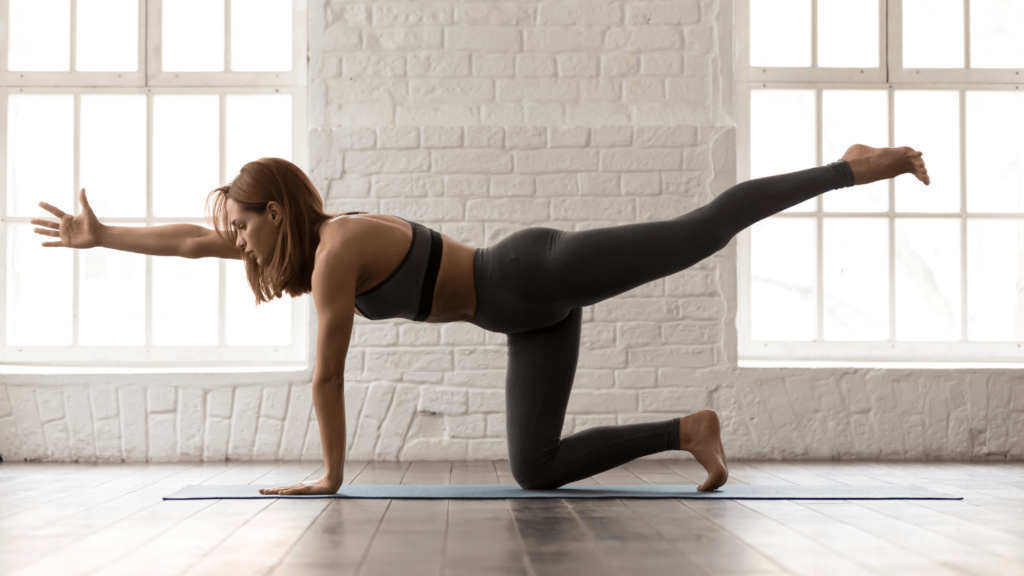
- Description: A core exercise that strengthens the back muscles and improves stability.
- Steps: Start on all fours, with your hands directly below your shoulders and knees under your hips. Extend your right arm forward and left leg backward simultaneously, keeping your back flat and avoiding any arching. Hold for a few seconds, then return to the starting position and switch sides.
- Targeted Benefits: This movement engages the core, strengthens back muscles, and stabilizes the spine, which helps prevent lower back strain (Physio-Pedia).
- Professional Tips: Keep your spine neutral and avoid twisting for the best results.
3. Pelvic Tilts

- Description: A subtle but effective movement that strengthens the abdominal muscles, providing additional support for the spine.
- Steps: Lie on your back with your knees bent and feet flat on the floor. Tighten your abdominal muscles and press your lower back into the floor, holding for a few seconds before releasing.
- Targeted Benefits: Pelvic tilts relieve tension in the lower back while strengthening abdominal muscles, essential for back support (MyHealth Alberta).
- Professional Tips: Start with small tilts, gradually increasing repetitions as your strength improves.
4. Child’s Pose

- Description: A restorative pose that gently stretches the lower back, providing relief from stiffness.
- Steps: Begin by kneeling on the floor, sitting back on your heels. Reach your arms forward, lowering your torso down toward the floor. Hold the pose for 30-60 seconds while breathing deeply.
- Targeted Benefits: This position gently stretches the spine and releases tension, promoting flexibility and relaxation (Spine Health).
- Professional Tips: For a deeper stretch, extend your arms further and hold the pose longer.
5. Glute Bridges
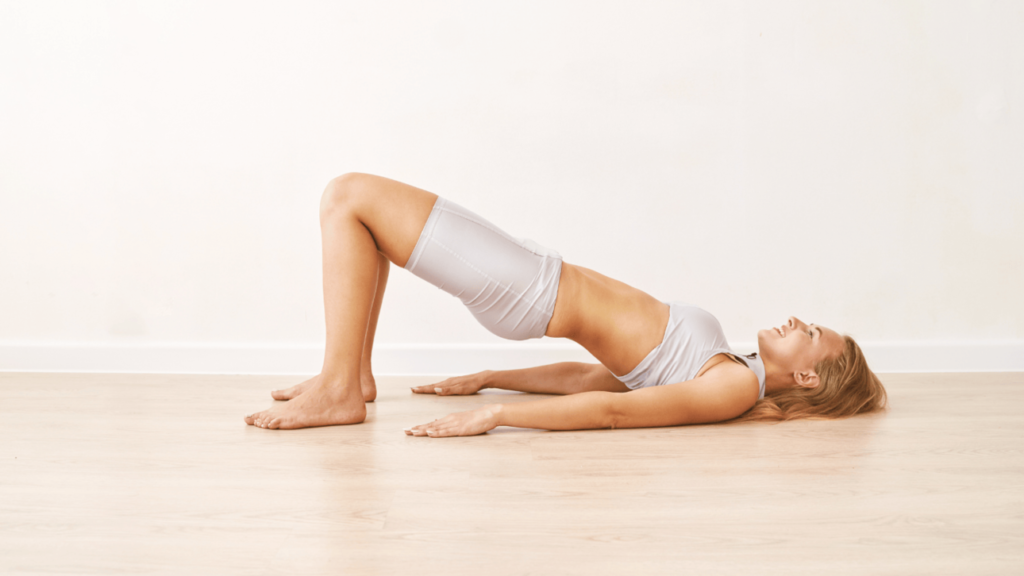
- Description: An exercise that strengthens the glutes and core, easing pressure on the lower back.
- Steps: Lie on your back with your knees bent and feet flat on the ground. Press your heels into the floor as you lift your hips toward the ceiling, squeezing your glutes at the top. Lower back down and repeat.
- Targeted Benefits: Glute bridges help strengthen the glutes and core, reducing strain on the lower back and improving posture (Guys and St. Thomas NHS).
- Professional Tips: Avoid overextending your back by focusing on lifting with your glutes rather than your lower back.
6. Knee-to-Chest Stretch
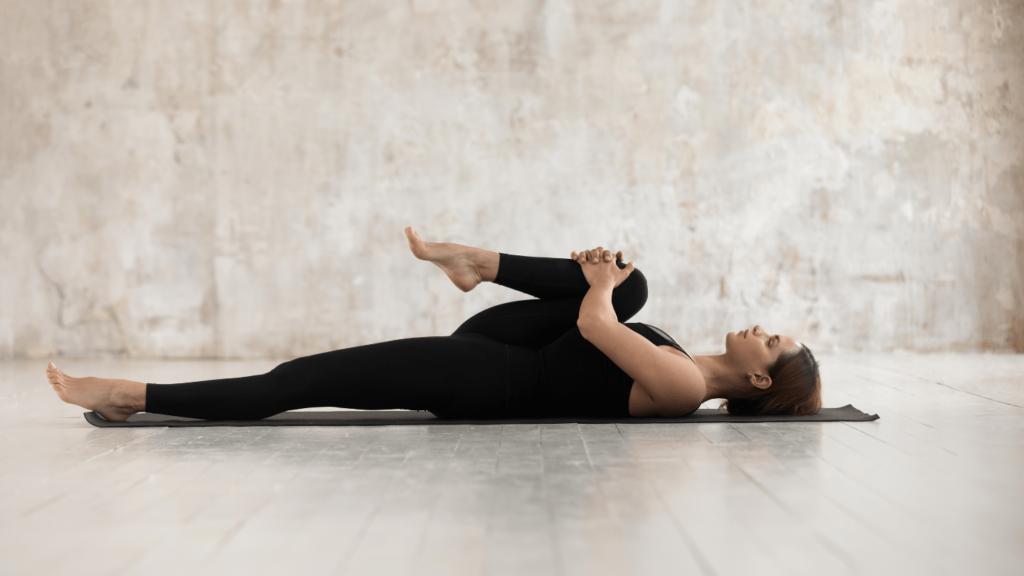
- Description: A simple stretch that helps release tension in the lower back.
- Steps: Lie on your back and gently pull one knee toward your chest, holding it with both hands. Hold for 15-30 seconds, then switch sides.
- Targeted Benefits: This movement stretches the lower back and hamstrings, improving flexibility and reducing stiffness (PhysioTattva).
- Professional Tips: Focus on deep breathing while holding each stretch to maximize relaxation.
7. Partial Crunches

- Description: A safe core-strengthening exercise that avoids putting too much strain on the lower back.
- Steps: Lie on your back with knees bent and hands behind your head. Engage your core and lift your shoulders off the floor, then lower back down.
- Targeted Benefits: Strengthens core muscles without putting excess pressure on the back (Focus Physiotherapy).
- Professional Tips: Avoid pulling on your neck; let your core muscles do the work.
8. Seated Spinal Twist
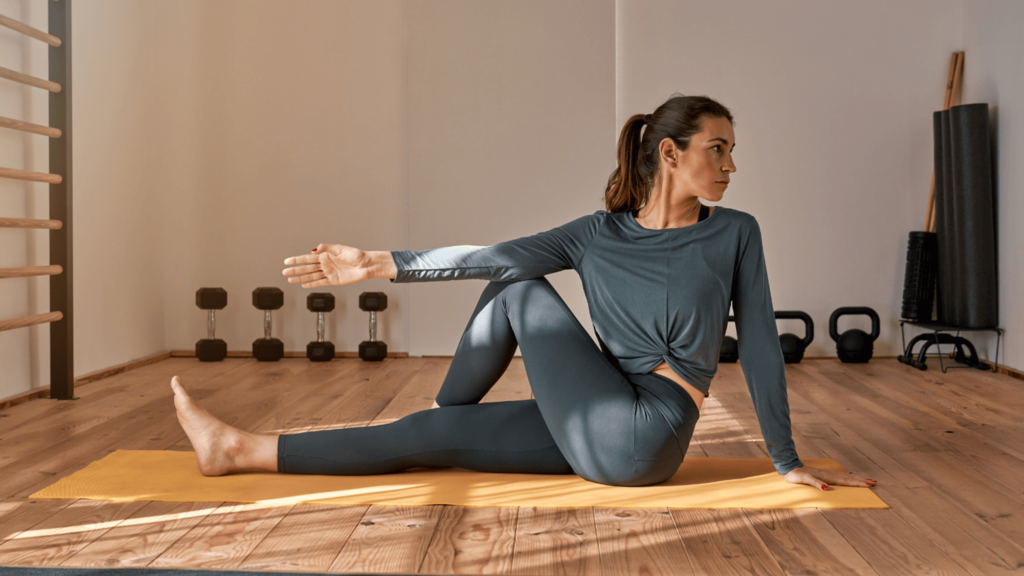
- Description: A gentle twist that relieves stiffness in the lower back and promotes spinal flexibility.
- Steps: Sit on the floor with one leg extended and the other bent. Place your opposite elbow outside the bent knee and twist gently toward that knee. Hold, then switch sides.
- Targeted Benefits: This stretch increases spine flexibility, reduces tension, and improves mobility (PhysioPlus Health).
- Professional Tips: Move slowly to prevent strain and deepen the twist as flexibility improves.
9. Resistance Band Rows
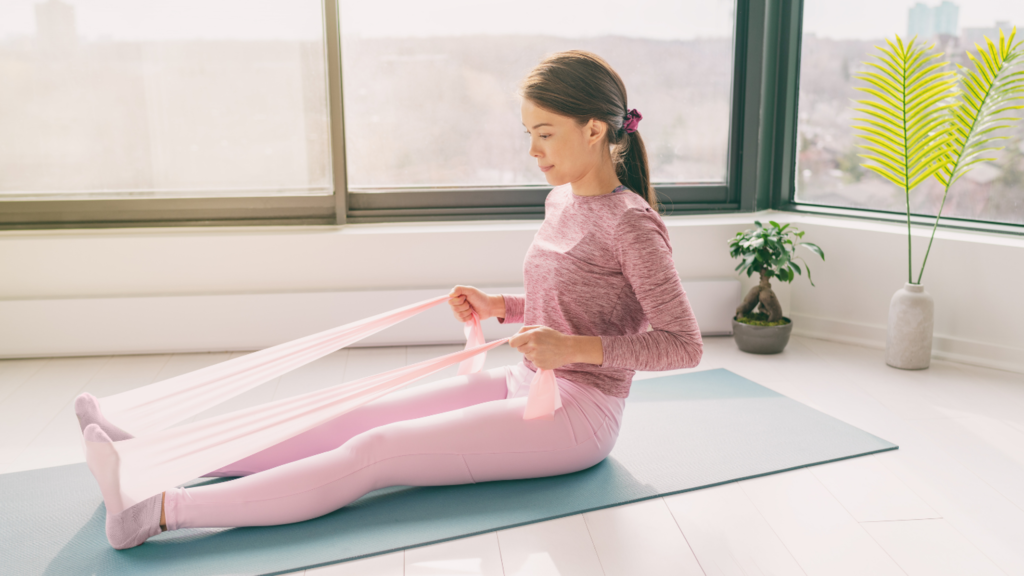
- Description: A resistance-based exercise that strengthens the upper back and improves posture.
- Steps: Secure a resistance band around a stable surface. Sit or stand, pulling the band toward you while squeezing your shoulder blades together.
- Targeted Benefits: Strengthens back muscles, which improves posture and reduces lower back tension (Spine-Health).
- Professional Tips: Start with light resistance and gradually increase as your strength builds.
10. Standing Hamstring Stretch
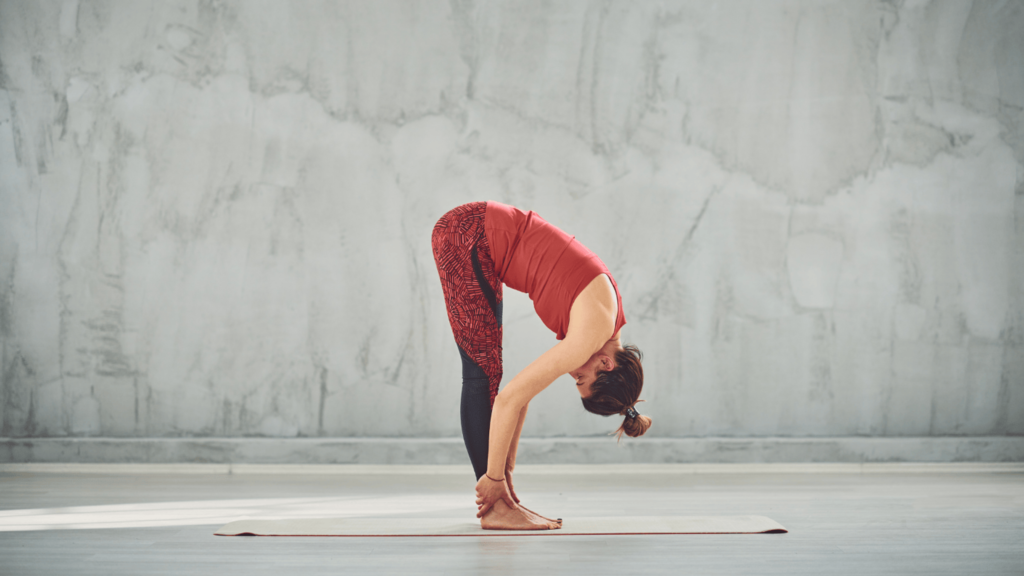
- Description: A basic stretch to relieve tension in the
lower back and hamstrings.
- Steps: Stand with one leg extended in front, flexing the foot. Hinge at the hips to stretch the hamstring without rounding the back.
- Targeted Benefits: Reduces hamstring tightness, which can alleviate lower back strain (Kent Chiro Med).
- Professional Tips: Keep your spine straight to avoid over-stretching the lower back.
Additional Tips for Preventing Lower Back Pain
In addition to these exercises, integrating supportive habits can further alleviate back pain and prevent future issues. Regular stretching, strengthening the core, and practicing good posture throughout the day are essential components of a pain-free lifestyle. If you’re consistent with these exercises, you’re more likely to see long-term improvements in back health (Inertia Physio).
For individuals with chronic or severe lower back pain, consulting with a physiotherapist can provide additional guidance and a personalized approach. Working with a professional helps ensure each exercise is performed safely, minimizing the risk of injury while maximizing benefits (Focus Physiotherapy).
Restoracare’s Personalized Physiotherapy Services in Toronto
At Restoracare, we provide individualized physiotherapy treatments for each client. Our process includes comprehensive assessments to determine the root cause of lower back pain, after which we create a customized plan to meet each patient’s unique needs. For many, combining at-home exercises with in-clinic treatments offers the most effective solution, balancing convenience with professional oversight.
Our experienced team in Toronto ensures that patients have a structured recovery plan to alleviate back pain and maintain overall wellness. If you’re ready to take a step toward a pain-free life, consider scheduling a consultation with Restoracare. We are here to support your journey toward better back health with personalized treatments and guidance (SOS Physiotherapy).
Taking the Next Step Toward a Pain-Free Life with Restoracare
Lower back pain doesn’t have to be a permanent part of your life. Integrating these exercises into your daily routine can provide short-term relief and long-term resilience. However, if you find that chronic pain persists, seeking professional guidance can make a significant difference.
Contact Restoracare today to discuss your symptoms and explore how our physiotherapy services can help you achieve a pain-free life. With a personalized plan tailored to your needs, you’ll have the support necessary to strengthen your back, enhance flexibility, and enjoy greater mobility.
